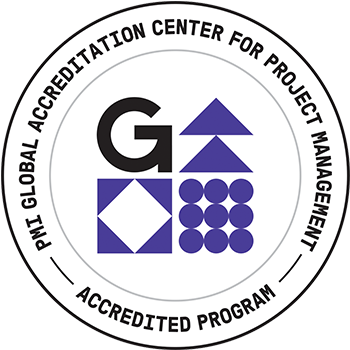It has been over 30 years since Stephen Covey wrote the book, The 7 Habits of Highly Effective People.
We will explore the following 7 Habits of Highly Effective Project Managers, especially how they apply in the built environment.
- Be Proactive. There are three types of project managers. PMs that make things happen, watch things happen, and wonder what happened. To be effective, one needs to make things happen. Be part of the solution, not part of the problem! Assume nothing. Keep your eye on the ball.
- Begin With the End in Mind. What is your project goal? Build the project that you are managing in your head. Can you envision a completed project from the drawings?
- Put First Things First. Prioritize. Use the “80/20 Formula”. Focus on urgent and important time-related events. There are no 26 hour-days!
- Think Win/Win. For a long-term relationship, it is crucial that each professional think win/win. Delegation can free you up for your most valuable single role: Thinking.
- Seek to Understand, Then to Be Understood. Active listening is a lost art. Even when people are silent, that doesn’t mean they are really listening.
- Synergize. You can do more as a team than you can as an individual. It means that 1 + 1 = 3. The whole is greater than the sum of its parts.
- Sharpen the Saw. Keep learning. The sharper saw will beat the competition. Learn, commit, and do.
Conclusion:
If you incorporate these 7 habits into your world, you’ll improve your journey.
What habits, or practices, do you have that make you a highly effective project manager?
Take project ownership, and have a “can-do” attitude.
Thank you for your time
PMI Talent Triangle: Leadership

